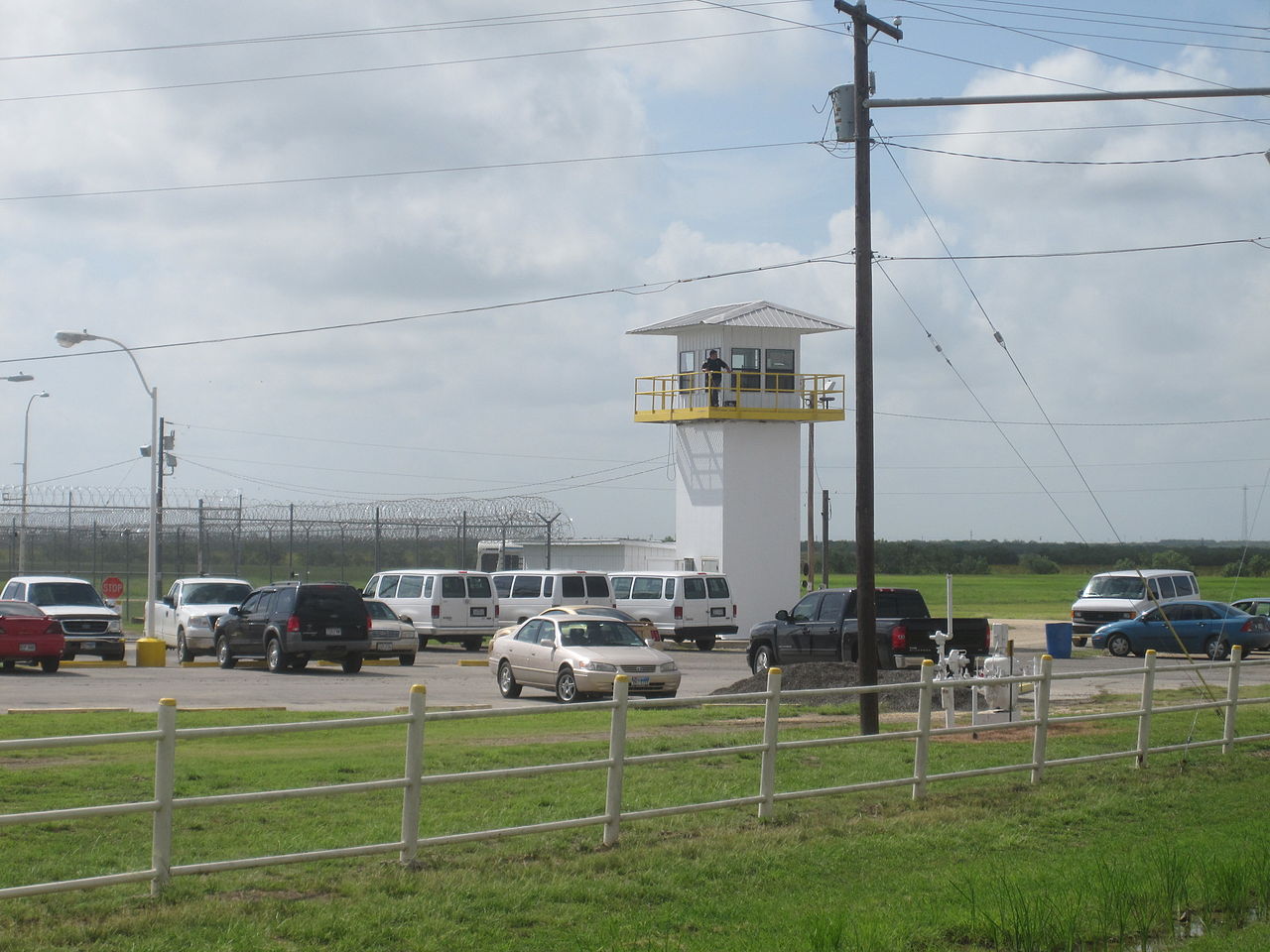
All evidence indicates that 2022 was a veritable boom year in the increasing traffic of drones flown to drop contraband into prisons around the world, with December closing out with reports of another suspected UAV delivery to a jail in Canada.
Scores of sightings of drones dropping contraband into prisons across the globe proliferated in 2022, with additional reports identifying UAVs or pilots scouting areas around jails in advance of planned deliveries. Legal authorities say both of those forms of aerial activity were probably the minority of such operations, with a larger number likely having escaped their attention. For that reason, many penitentiary officials suspect drones were the origin of stashes they turn up during routine searches of cells.
Read: Drone delivery activity booming to global… prison inmates
Such was the case with the December 27 discovery of contraband in the Kingston, Ontario prison, where the Correctional Service of Canada said guards had unearthed “149 grams of marijuana, 109 grams of tobacco and rolling papers, as well as cell phones and accessories.”
The agency similarly suspects a UAV was used to drop a stash discovered in the Warkworth Institution in November that included 193 grams of marijuana, 139 grams of crystal methamphetamine, 112 grams of cannabis concentrate known as “shatter,” tobacco, and cell phones.
Canada has been battling the growing scourge for several years now, but it is in no way alone in facing the problem. Authorities in the US, Europe, Latin America, and Asia have all reported expanding cases of contraband drone deliveries to their prisons, with some officials stating pilots of illegal UAV flights to jails are operating in near-open sky conditions.
“Contraband drone deliveries are quickly becoming the bane of prison officials’ existence,” said US Attorney for the Northern District of Texas Chad E. Meacham in an August communiqué on the arrest of a suspect – later convicted – for having used a drone to deliver contraband, including 46 grams of crystal methamphetamine and 87 grams “shatter” to a Fort Worth federal prison. “Illicit goods pose a threat to guards and inmates alike – and when it comes to cell phones, the threat often extends outside prison walls.”
Results of a 2020 audit of US prisons by the US Department of Justice on the rate of contraband drone deliveries are now dated, but the general findings for the years preceding its publication are not. The study said that, on average, illegal UAV drops had increased by 50% or more annually – a rate that almost certainly gained speed since, as both the sales of craft and the quality of their tech have surged.
According to Mary-Lou Smulders, chief marketing officer of airspace security specialist Dedrone, the rising incidence of illicit drone deliveries was partially fueled by COVID-19 restrictions of in-person prison visits, which forced smugglers to find new ways to sneak contraband into jails that aren’t equipped to identify and halt flights.
“We have already seen a rise in drones delivering contraband like phones and drugs, and not all correctional facilities are prepared for this,” Smulders said. “In addition, more robust or larger UAVs make for more types of contraband that could potentially be delivered, or better, larger cameras being used to observe patterns and rotations prior to a contraband drop. This is not only a threat to the safety of the security staff onsite, but also the safety of inmates, as these drops can cause fights to break out.”
Read: Texas prison drone drug-smuggling ring busted, netting 42 suspects
As a result, a limited but growing number of facilities are getting the finances needed to swap ineffective deterrents, like netting strung over prison yards or basic detection systems to alert guards to approaching craft, for more powerful detection, identification, and neutralization systems of the kind Dedrone has provided to penitentiary clients.
Smulders concurs with the prevailing views of prison officials who say the only way to battle surging drone deliveries of contraband is to beat the improving aerial hardware aloft with even better tech on the ground.
“The incarceration rate may be dropping,” she notes, “but this doesn’t mean that the risk of contraband drops is.”
FTC: We use income earning auto affiliate links. More.



Comments